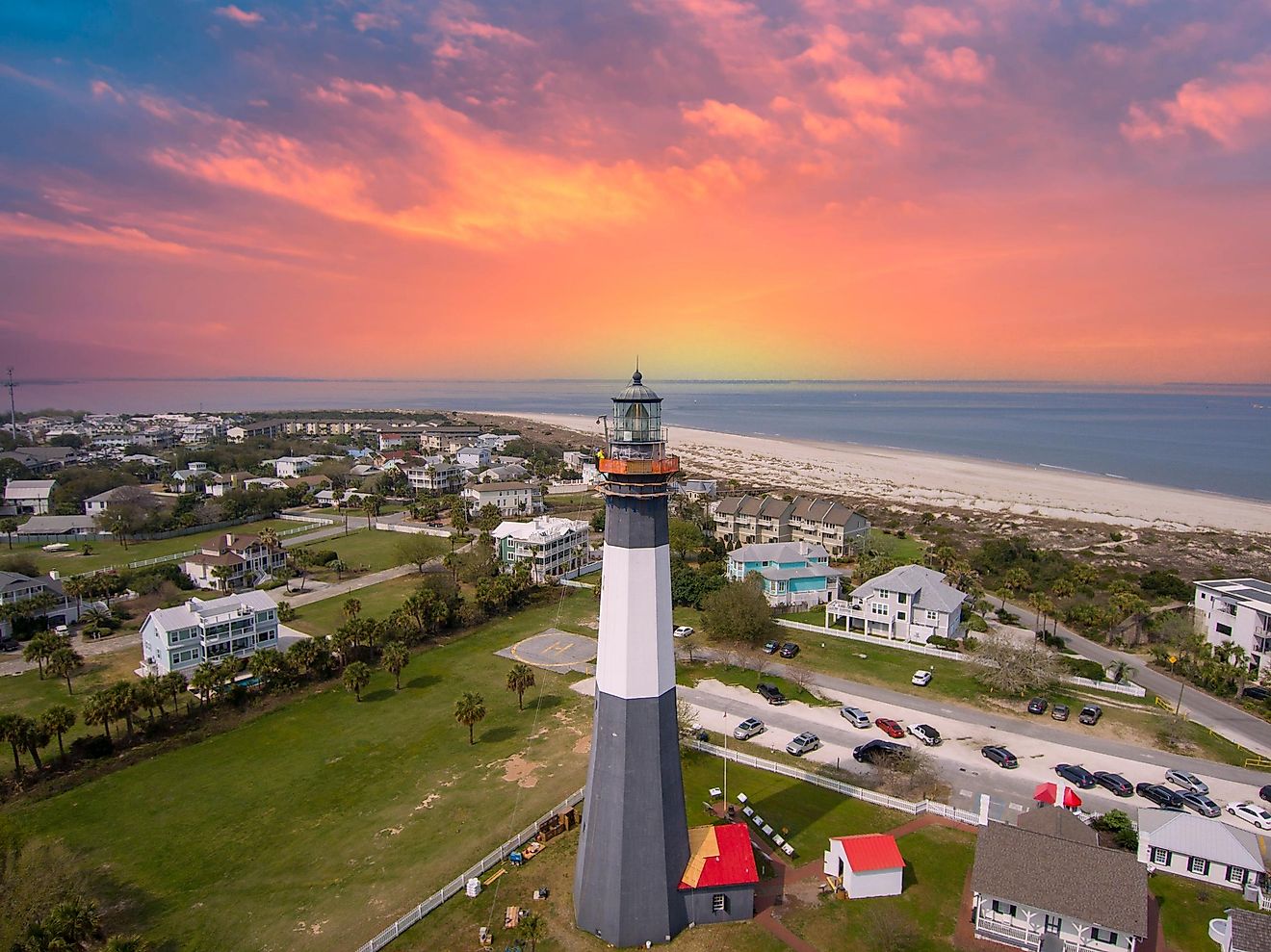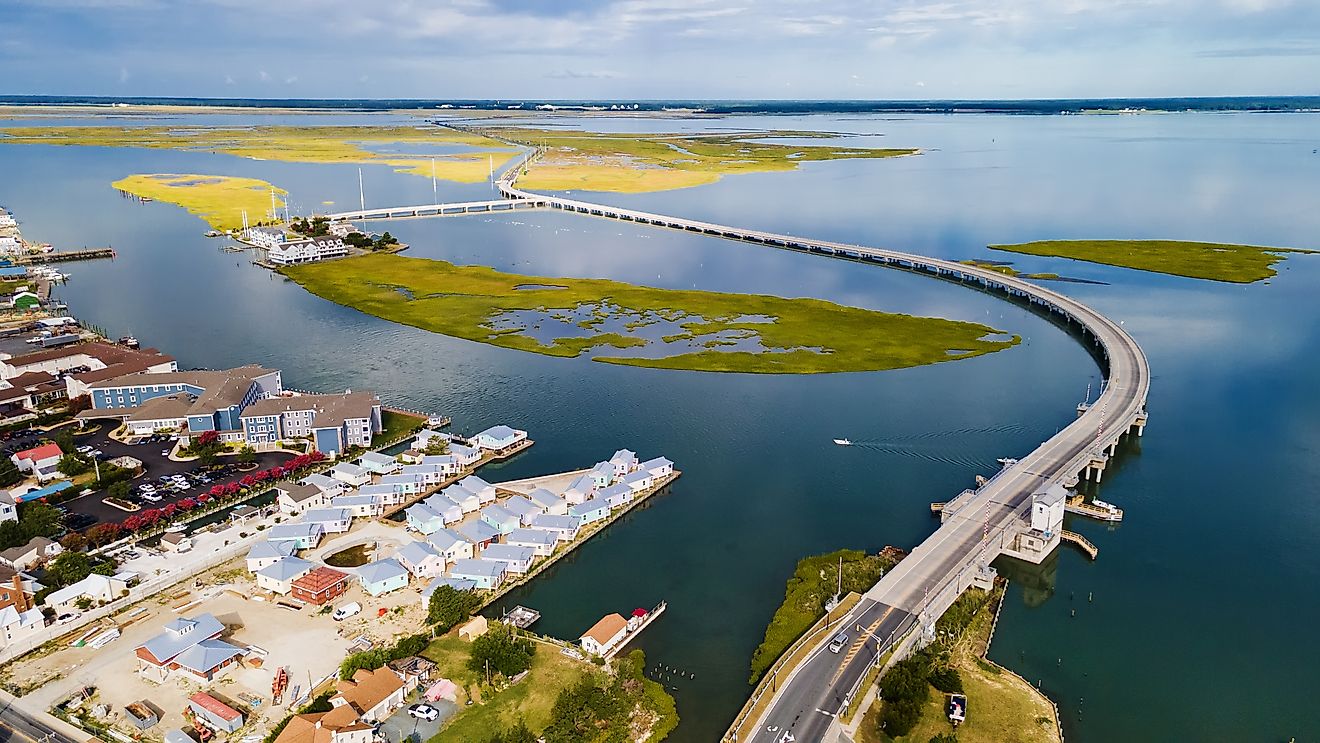
Palmdale, California
Palmdale is a moderately sized city situated in Los Angeles County in the US State of California. The city is a place of year-round fun and is just located outside of Los Angeles, which shares much of the same culture, scenic surroundings, and climate. Palmdale is considered the state's 32nd most populous city. Revered for its rugged desert landscape consisting of the Antelope Valley and San Gabriel Mountains, Palmdale is a photo-worthy spectacle for visitors and locals alike.
Geography Of Palmdale

Palmdale is a large city found in California's Los Angeles County and covers a total area of 275.37 sq. km. The San Gabriel Mountains are located along the southern city limits, which are approximately 40 miles wide and separate Palmdale from Los Angeles and the Los Angeles Basin. Built in 1924, Lake Palmdale is on the city's south-central outskirts, covering a total surface area of 586 acres and is famous for outdoor recreation. Other nearby cities include Bakersfield, about 95 miles northwest, and San Bernardino, about 65 miles southeast. As for day trips: Joshua Tree National Park is about 130 miles east, the San Diego Zoo is about 175 miles south, and Santa Monica Pier is about 65 miles southwest.
Climate Of Palmdale

According to the Köppen Climate Classification, Palmdale experiences a semi-arid climate. It experiences four seasons in a year, with hot and arid summers and cold winters. The average annual temperature is 62.1 °F, with an average low of 45.4 °F seen in January and an average high of 81.4 °F. July is the year's warmest month, with the highest recorded temperature being 113.0 °F, and January is the year's coldest month, with the lowest recorded temperature being 6.0 °F. Of the 29.1 days that produce precipitation, there is an annual rainfall of 8.8 inches and 0.2 inches of snowfall. On average, there are 280 days of sunshine that see a median UV index of 6.2.
History Of Palmdale

For more than 11,000 years, the land of the Antelope Valley was used among Native Americans as a trade route between Arizona and the coast of California. Spanish padres were among the first to land in the area in 1772 and set forth exploring. By 1773, Captain Juan Baptista de Anza and Father Francisco Garces led an expedition of more than 100 men across the Mojave Desert to Monterey. Upon exploring the expansive valley in 1776, Garces observed large Indian own ranches. Once the Indians had left, Spain and Mexico moved into the area and permanently established a cattle industry attributed to ranching. However, the population continued to grow, and the large ranches were reduced in size to make way for more homesteaders arriving from Nebraska, Germany, and France. The first European settlers arrived in 1886 and mistakenly named would-be Palmdale, “Palmenthal” after confusing the native Joshua trees for palm trees. However, it had become apparent that the homesteaders were not familiar with farming in the desert and, although they moved the settlement closer to Harold, could not successfully grow grain, fruits, or vegetables. Ultimately, the development was abandoned and moved closer to the South Pacific Railroad tracks, where the dwelling of Palmdale was formed. Following World War II, Palmdale would be given the nickname “Aerospace Capital of America.” This was largely due to the Palmdale Airport being purchased in 1952 and used for testing and operations. In 1953, Aircraft Company Lockheed set up a facility and became a major economic staple.
The Population And Economy Of Palmdale
As per the latest US Census, Palmdale has a population of 172,190. This is an increase of 1.97% since the last census in 2010, which saw a total population of 169,450. Expanding approximately 275.37 sq. km, Palmdale has a population density of 620 inhabitants per sq. km. The city has a median household income of $78,338 and a gross monthly rent of $1,333. Of the population, the average age is 32 years old, with females accounting for 50.82% and males 49.18%. As for the cultural/racial breakdown: 44.37% is identified as white, 30.91% were of another race, 12.35 were African American, 6.28% identified as two races or more, 4.13% were Asian, 1.65% Native American, and 0.32% were Pacific Islands or Native Hawaiian.
As of May 2022, Palmdale had an unemployment rate of 6.70%. The primary industries that constitute the economy are healthcare and social assistance at 13.7% overall, retail trade at 13.2%, and manufacturing at 12.6%. As for the top-grossing jobs: utilities earned $83,911, mining quarry, gas, and oil extraction made $83,750, and public administration made 69,866. Of the 63,000 employed: 8,499 work in healthcare and social assistance, 7,404 work in retail trade, and 7,108 work in manufacturing.
Attractions Around Palmdale
Joe Davies Heritage Airpark

The Joe Heritage Airpark is sure to offer an afternoon of fun. With no admission fee, this family-oriented attraction offers intrigued visitors the chance to get up close with 21 military airplanes. Among the collection are an AGM-28 Hound Dog Missile, a B-52, and a C-46. The museum is hashing out plans to grow its collection, and when it is fully complete, it will have more than 40 planes on display.
Antelope Valley Indian Museum State Historic Site
The Antelope Valley Indian Museum offers a collection of artifacts that showcases the local Native American history and Californian culture found around the Great Basin. H. Edward Arden originally started the museum in 1928 alongside student Grace Oliver, and as of today, it features a number of Arden’s paintings. The building rests on the Piutte Butte within the Mojave Desert and is listed on the National Register of Historic Places.
Though closely linked to Los Angeles, Palmdale has emerged to have its own unique identity carved out by a rich Native American past, agricultural struggles, and booming aircraft history. It is widely visited as an escape from the big cities to the south, such as San Bernardino, Santa Clarita, and Pasadena, for its raw desert landscape and serenity. Visitors and locals alike will enjoy all the sights and history that Palmdale, California, has to offer.











